Pratique | Débuter
Les oiseaux préhistoriques géants du Cénozoïque
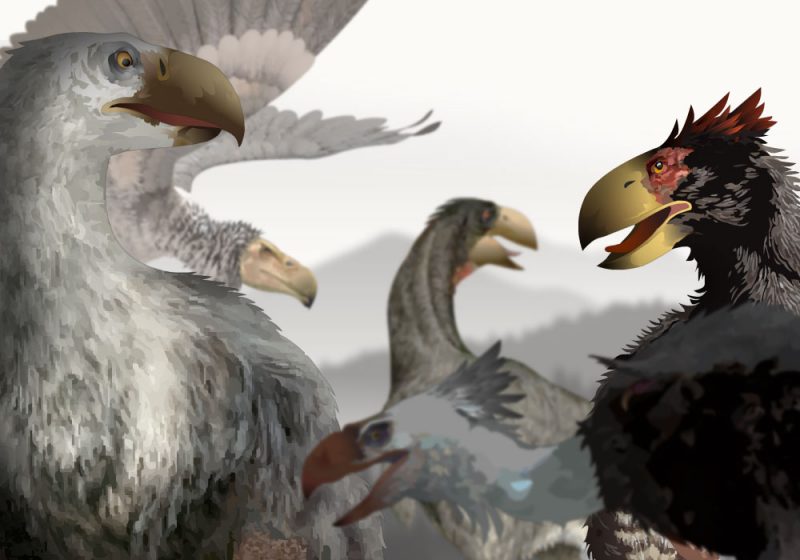
Quelques oiseaux géants du Cénozoïque (de gauche à droite) : Brontornis burmeisteri (famille des Brontornithidés), Argentavis magnificens (Tératornithidés), Phorusrhacos longissimus et Bullockornis planei (Phorusrhacidés) et Gastornis parisiensis (Gastornithidés).
Schéma : Ornithomedia
Introduction
Le Cénozoïque est l’ère géologique qui a succédé à l’extinction (appelée K-Pg) des dinosaures à la fin du Mésozoïque, il y a environ 65 millions d’années. Il est divisé en trois périodes (Paléogène, Néogène et Quaternaire), elles-mêmes subdivisées en époques : le Paléocène, l’Éocène, l’Oligocène, le Miocène, le Pliocène et l’Holocène, cette dernière correspondant aux temps modernes. Le Cénozoïque pourrait être appelé « l’ère des mammifères et des oiseaux », car il correspond à une formidable diversification de ces animaux.
Si les fossiles des premiers dinosaures à plumes à l’origine des oiseaux datent du Jurassique (ère Mésozoïque), c’est à partir du Paléocène que la plupart des groupes modernes et que les premiers grands prédateurs aviaires sont apparus. Des espèces de grande taille ont ensuite évolué tout au long du Cénozoïque, et leurs derniers représentants ont directement ou indirectement disparu suite à l’arrivée des humains.
Après un rappel sur l’évolution rapide des oiseaux au début du Cénozoïque et sur le phénomène du gigantisme, nous nous intéressons à différentes familles et espèces d’oiseaux géantes de cette ère : les Gasthornithidés (de grands oiseaux terrestres), les Plotopteridés (des oiseaux marins géants à l’allure indéfinissable), les manchots géants primitifs, les Phorusrhacidés et les Brontornithidés (surnommés les « oiseaux de terreur’), les Pélagornithidés (des oiseaux marins géants à pseudo-dents), le perroquet géant Heracles inexpectatus, les Dromornithidés (dont certaines espèces sont surnommées « oiseau tonnerre » ou « canard démon du malheur »), le Sylviornis de Nouvelle-Calédonie, les Tératornithidés (des vautours géants), les Aptornithidés (des sortes de « râles » géants), les Moas (oiseaux géants néo-zélandais) et leur prédateur l’Aigle de Haast (Hieraaetus moorei), et enfin les Æpyornis (les oiseaux-éléphants de Madagascar).
Participez à la discussion !
Abstract
The Cenozoic is the geological era that succeeded the extinction (known as K-Pg) of the dinosaurs of the end of the Mesozoic, approximately 65 millions years ago. It is divided into three periods (Paleogene, Neogene and Quaternary), themselves subdivided into epochs: the Paleocene, the Eocene, the Oligocene, the Miocene, the Pliocene and the Holocene, the latter corresponding to modern times. The Cenozoic could be called « the era of mammals and birds », because it corresponds to a tremendous diversification of these two classes of animals.
If the fossils of the ancestors of birds go back to the Jurassic (during the Mesozoic era), it was from the Paleocene that most modern groups of birds and the first large terrestrial avian predators appeared. Large species then evolved throughout the Cenozoic, and their last representatives have directly or indirectly disappeared following the arrival of humans.
After a reminder on the rapid evolution of birds at the beginning of the Cenozoic and on the phenomenon of gigantism, we speak about different families and species of giant birds of this era: the Gasthornithidae (terrestrial predators who hunted the ancestors of horses), the Plotopteridae (giant sea birds), the primitive giant penguins, the Phorusrhacidae and Brontornithidae (nicknamed the « terror birds »), the Pelagornithidae (giant seabirds with pseudo-teeth), the giant parrot Heracles inexpectatus, the Dromornithidae (some of which are called « thunder bird » or « wretch demon duck), the Sylviornis of New Caledonia, the Teratornithidae (giant vultures), the Aptornithidae (giant » rails « diggers), the moas (giant birds from New Zealand) and their predator, the Haast’s Eagle (Hieraaetus moorei), and the Æpyornis (elephant birds from Madagascar).
Poursuivez la lecture de cet article, en vous abonnant dès maintenant !
Découvrez les Archives d’Ornithomedia.com
Pour seulement 10,00 €TTC/an (ou 6,00 € les 6 mois)
Profitez de plusieurs centaines d’articles en accès illimité et sans aucun engagement.
Compléments
Sources
- Mark Witton (2019). We need to talk about teratorns. MarkWitton Blog. Date : 30/08. markwitton-com.blogspot.com
- Alexander P. Boast et al. (2019). Mitochondrial Genomes from New Zealand’s Extinct Adzebills (Aves: Aptornithidae: Aptornis) Support a Sister-Taxon Relationship with the Afro-Madagascan Sarothruridae. MPDI. www.mdpi.com/1424-2818/11/2/24
- Delphine Angst et Éric Buffetaut (2018). Paléobiologie des oiseaux géants terrestres. ISTE Editions.
- Mark Witton (2018). Those terrific pelagornithids. MarkWitton Blog. Date : 16/08. markwitton-com.blogspot.com
- Santiago Claramunt et Joel Cracraft (2015). A new time tree reveals Earth history’s imprint on the evolution of modern birds. Science Advances. Date : 11/12. www.ncbi.nlm.nih.gov/pmc/articles/PMC4730849/
- Gerarld Mayr et al (2019). Leg bones of a new penguin species from the Waipara Greensand add to the diversity of very large-sized Sphenisciformes in the Paleocene of New Zealand. Alcheringa: An Australasian Journal of Palaeontology. Volume : 44. Numéro : 1. www.tandfonline.com
- Herculano M.F. Alvarenga et Elizabeth Höfling (2003). Systematic revision of the Phorusrhacidae (Aves: Ralliformes). Papéis Avulsos de Zoologia. Volume : 43. Numéro : 4. www.scielo.br
Ouvrages recommandés
- Paléobiologie des oiseaux géants terrestres (2018) de Delphine Angst et Éric Buffetaut
- The Rise of Birds – 225 Million Years of Evolution 2e (2015) de Sankar Chatterjee
- South American and Antarctic Continental Cenozoic Birds: Paleobiogeographic Affinities and Disparities (2012) de Claudia P. Tambussi et Federico Degrange




 2 commentaires
2 commentaires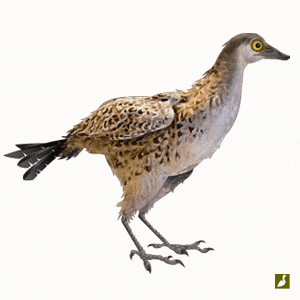
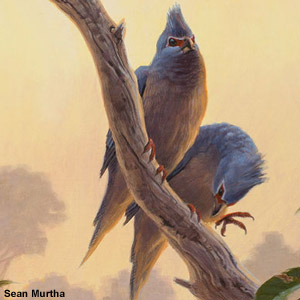
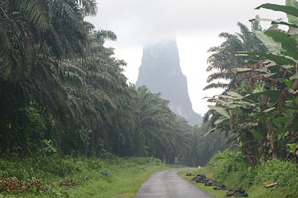

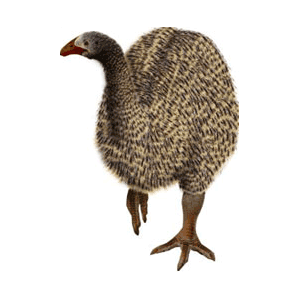
2 commentaire(s) sur ce sujet
Participer à la discussion !Pierre-Antoine Gaertner
Witry-lès-Reims
Posté le 12 juillet 2020
Article intéressant mais des recherches récentes indiquent que le Gastornis serait végétarien et non carnivore comme cela est écrit ici.
Ornithomedia
sevran
Posté le 12 juillet 2020
Bonsoir, merci beaucoup, correction effectuée. Cordialement David Bismuth